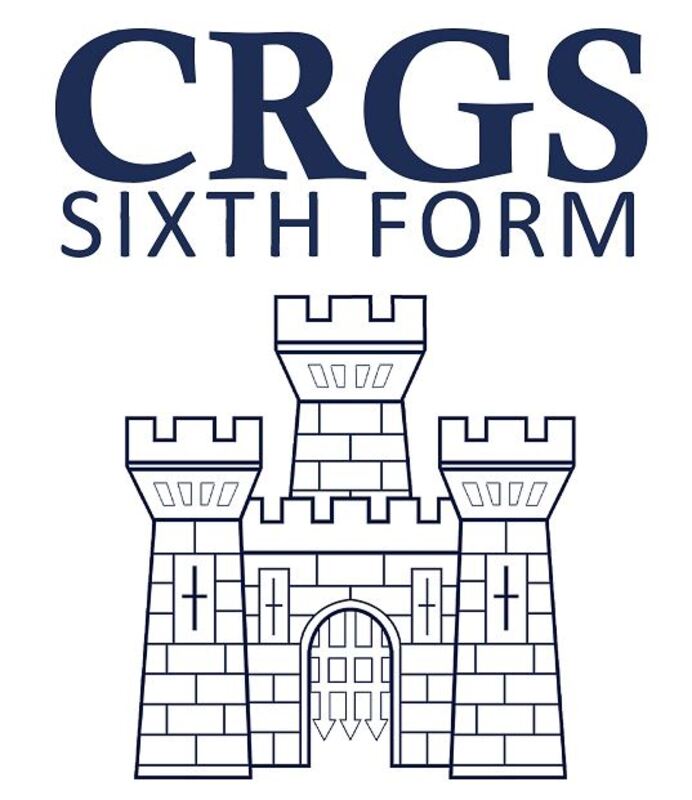
Art and Design is a wonderfully exciting, rewarding and enriching subject. The endorsement studied is Fine Art. The skills learnt through the course will equip you for future creative careers such as artist, architect, product designer, graphic designer, fashion designer, photographer or stage set designer to name but a few, but it also provides a sound background for other less obvious careers where the ability to think differently and creatively gives an individual the edge on the competition. Self-expression is actively encouraged through artwork, the written word and discussion. These are valuable tools for all aspects of future life.
You should have a minimum of Grade 5 GCSE in Art and Design. Interest and enthusiasm for the subject are essential. Whilst some technical expertise is desirable, interest in wider aspects of the subject is also expected, as is a positive and committed approach. Students are required to meet the General Entry Requirement of a minimum of 4 GCSEs at grade 6 with at least GCSE grade 4 in English Language and Maths.
Component One - This personal investigation consists of coursework with no time limit and is worth 60%. Students are required to produce a practical investigation based on an idea, concept, theme or issue supported by written material of between 1,000 - 3,000 words. The investigation must show clear development from initial intentions to the final outcome(s). It must include evidence of the student’s ability to research and develop ideas and relate their work to relevant critical/contextual materials. Component Two - This assignment is set by AQA and it is worth 40%. Question papers will be distributed to students at the start of February. There will be a choice of eight questions to be used as starting points and students will choose one. Students have 15 hours of supervised time following a preparatory period. Preparatory studies can be referred to during the supervised time but must not be added to or amended. Student work can be presented in any suitable format, such as design sheets, sketchbooks, models or workbooks. We then mark the work and the AQA will moderate it, with visits to schools usually taking place in June.
About Education Provider
| Region | North West |
| Local Authority | Lancashire |
| Ofsted Rating | Outstanding |
| Gender Type | Co-Educational |
| Address | York Street, Clitheroe, BB7 2DJ |
Art and Design is a wonderfully exciting, rewarding and enriching subject. The endorsement studied is Fine Art. The skills learnt through the course will equip you for future creative careers such as artist, architect, product designer, graphic designer, fashion designer, photographer or stage set designer to name but a few, but it also provides a sound background for other less obvious careers where the ability to think differently and creatively gives an individual the edge on the competition. Self-expression is actively encouraged through artwork, the written word and discussion. These are valuable tools for all aspects of future life.
You should have a minimum of Grade 5 GCSE in Art and Design. Interest and enthusiasm for the subject are essential. Whilst some technical expertise is desirable, interest in wider aspects of the subject is also expected, as is a positive and committed approach. Students are required to meet the General Entry Requirement of a minimum of 4 GCSEs at grade 6 with at least GCSE grade 4 in English Language and Maths.
Component One - This personal investigation consists of coursework with no time limit and is worth 60%. Students are required to produce a practical investigation based on an idea, concept, theme or issue supported by written material of between 1,000 - 3,000 words. The investigation must show clear development from initial intentions to the final outcome(s). It must include evidence of the student’s ability to research and develop ideas and relate their work to relevant critical/contextual materials. Component Two - This assignment is set by AQA and it is worth 40%. Question papers will be distributed to students at the start of February. There will be a choice of eight questions to be used as starting points and students will choose one. Students have 15 hours of supervised time following a preparatory period. Preparatory studies can be referred to during the supervised time but must not be added to or amended. Student work can be presented in any suitable format, such as design sheets, sketchbooks, models or workbooks. We then mark the work and the AQA will moderate it, with visits to schools usually taking place in June.